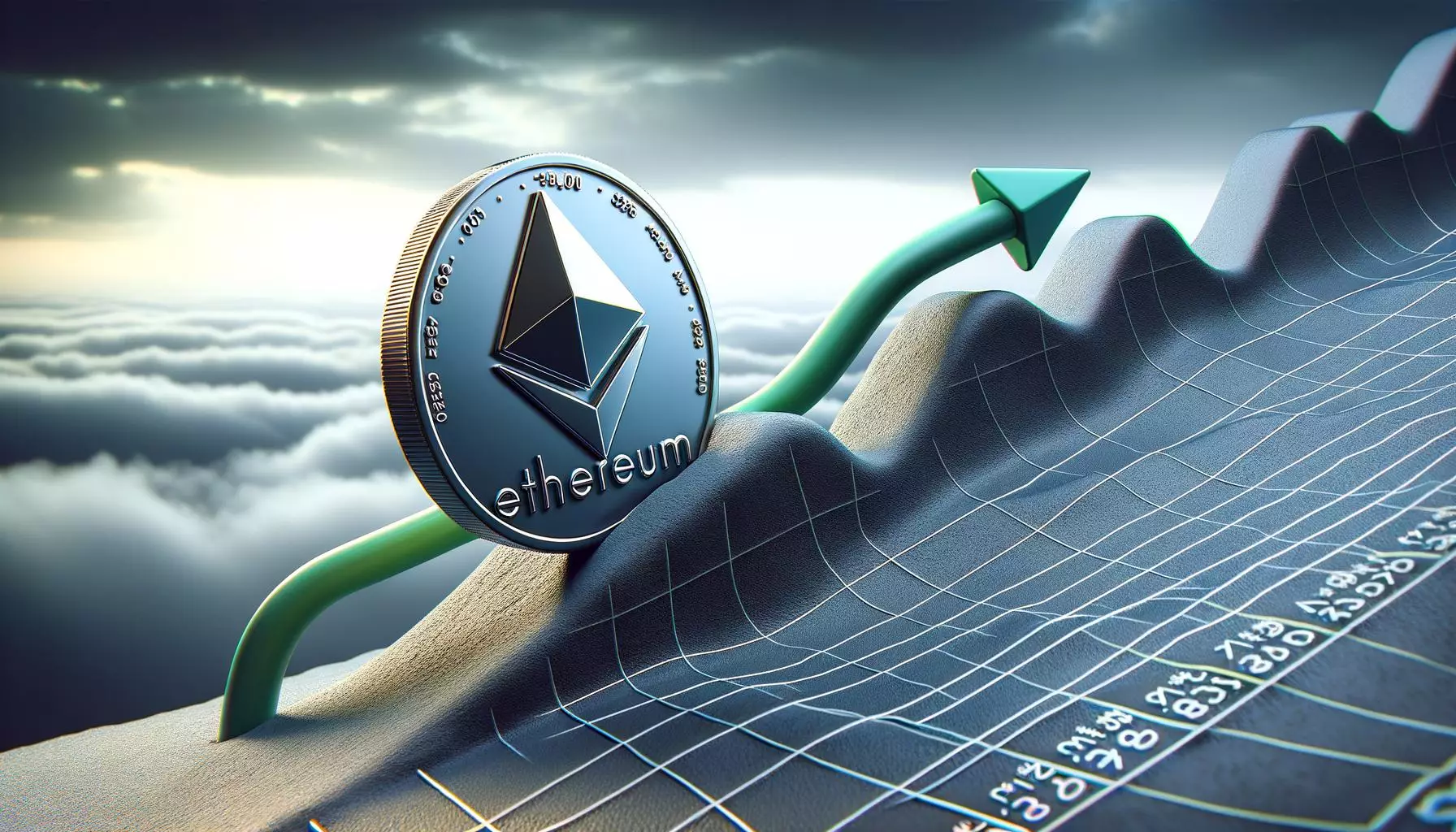The world of blockchain technology is rapidly evolving, with various platforms vying for supremacy in the smart contracts domain. Two prominent players in this landscape are Ethereum and Solana, each presenting unique features and advantages. In the increasingly competitive arena of decentralized finance (DeFi) and blockchain-based applications, understanding the strengths and weaknesses of these platforms is crucial for developers, investors, and users alike.
Ethereum has long held a position as the leading smart contracts platform, renowned for its robust infrastructure that emphasizes decentralization and stability. In contrast, Solana has quickly ascended the ranks as the third-most valuable smart contract platform, capitalizing on its design that prioritizes speed and low latency. According to Sreeram Kannan, the founder of EigenLayer, a liquidity restaking platform operating on Ethereum, the choice between these two platforms boils down to fundamental values and technical architecture. Kannan suggests that while Solana’s design enhances global responsiveness, it sacrifices essential features such as programmability and verifiability—key elements that Ethereum retains and excels at.
Despite challenges related to scalability and high gas fees, Ethereum has made significant strides by embracing rollup technology. This off-chain solution allows the network to provide faster transaction confirmations while increasing overall performance. As more applications migrate to layer-2 solutions, Ethereum’s adaptability shines through, enabling it to support a flourishing ecosystem. As noted by industry experts like Mustafa Al-Bassam, co-founder of Celestia, Ethereum’s rollup ecosystem is vastly superior, boasting the largest collection of successful implementations in the space. The integration of rollups into its architecture not only improves transaction efficiency but also fosters an environment that encourages comprehensive programming capabilities, which remains a hallmark of the Ethereum platform.
While Solana has gained significant traction, often at Ethereum’s expense, it is crucial to examine the ramifications of its approach. Solana has been successful in capturing market share due to its high throughput and low transaction costs; however, this success comes with caveats. As Kannan points out, the blockchain’s current trajectory of becoming a global state machine raises concerns about lost programmability and verifiability. The very aspects that define intricate DeFi applications may be sidelined by the emphasis on latency and synchronization. Furthermore, as the platform develops and scales, there could be unforeseen consequences that might hinder its long-term viability.
Despite the growing popularity of layer-2 solutions that could temporarily destabilize Ethereum’s native currency, the benefits are manifold. Platforms like Arbitrum and Base are reinforcing Ethereum’s infrastructure by allowing developers to create more interactive and easily deployable applications. As of September 30, Ethereum’s layer-2 ecosystem is managing upwards of $38 billion, indicating a strong faith in its infrastructure’s potential. Conversely, Ethereum’s native token, ETH, faces challenges, struggling to maintain upward momentum amid the growing layer-2 phenomena. Currently oscillating between support levels, ETH’s immediate future appears uncertain but holds promise due to the ongoing innovations and enhancements being introduced to the network.
As both platforms forge ahead into a future defined by increasing user demands and technological advancements, the significance of Ethereum’s foundational attributes and Solana’s innovative approach cannot be overstated. Whereas Ethereum prioritizes a stable and decentralized architecture, Solana’s rapid performance capabilities cater to a different subset of use cases.
While it may seem like a race to the top, what this competitive rivalry truly represents is the evolution of blockchain technology. Each platform’s pros and cons underscore the diverse needs of users and developers; thus, it becomes imperative for stakeholders to evaluate their options with a discerning eye. Going forward, the dynamics between Ethereum and Solana will continue to shape the contours of the blockchain ecosystem, challenging both to adapt and innovate in this fast-paced environment filled with potential and pitfalls alike.



Leave a Reply